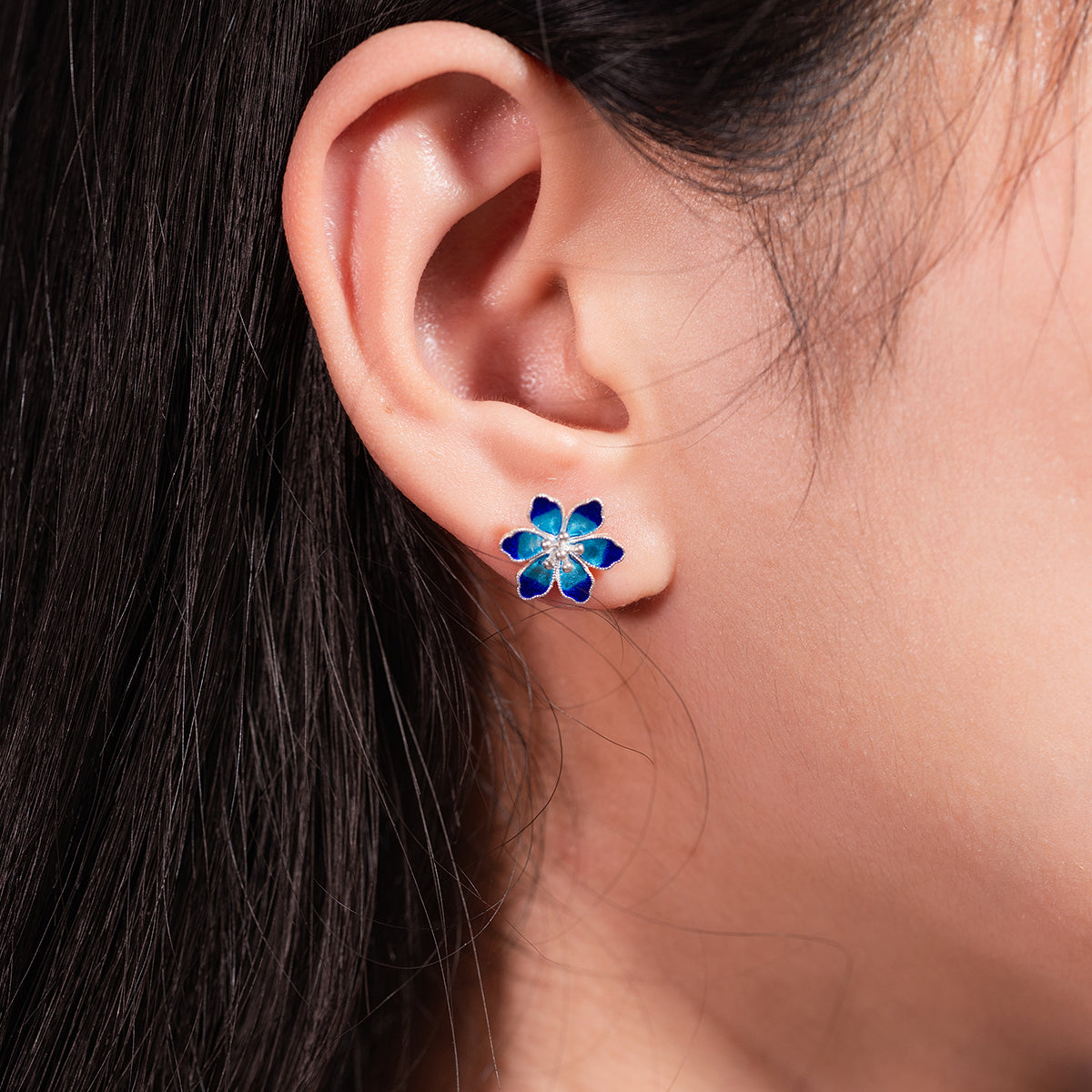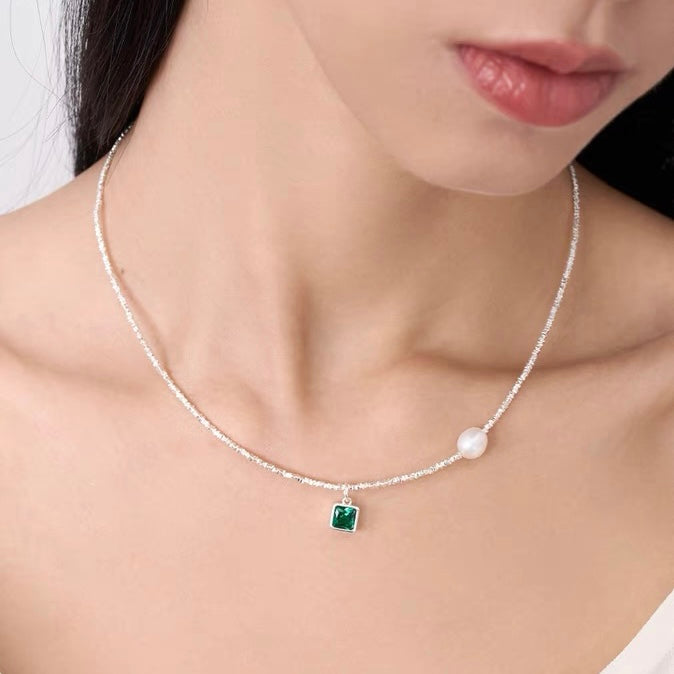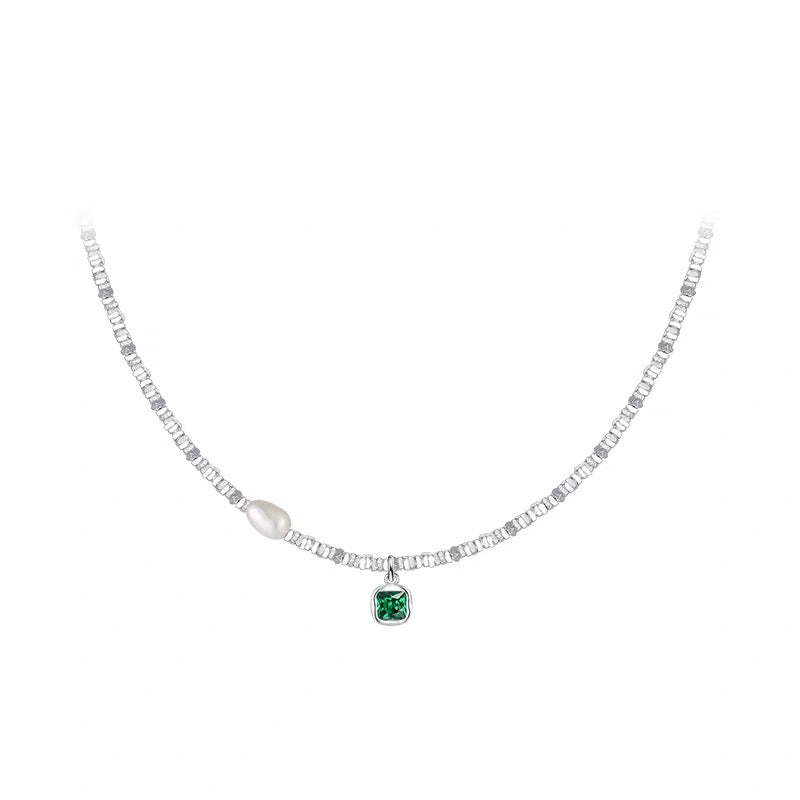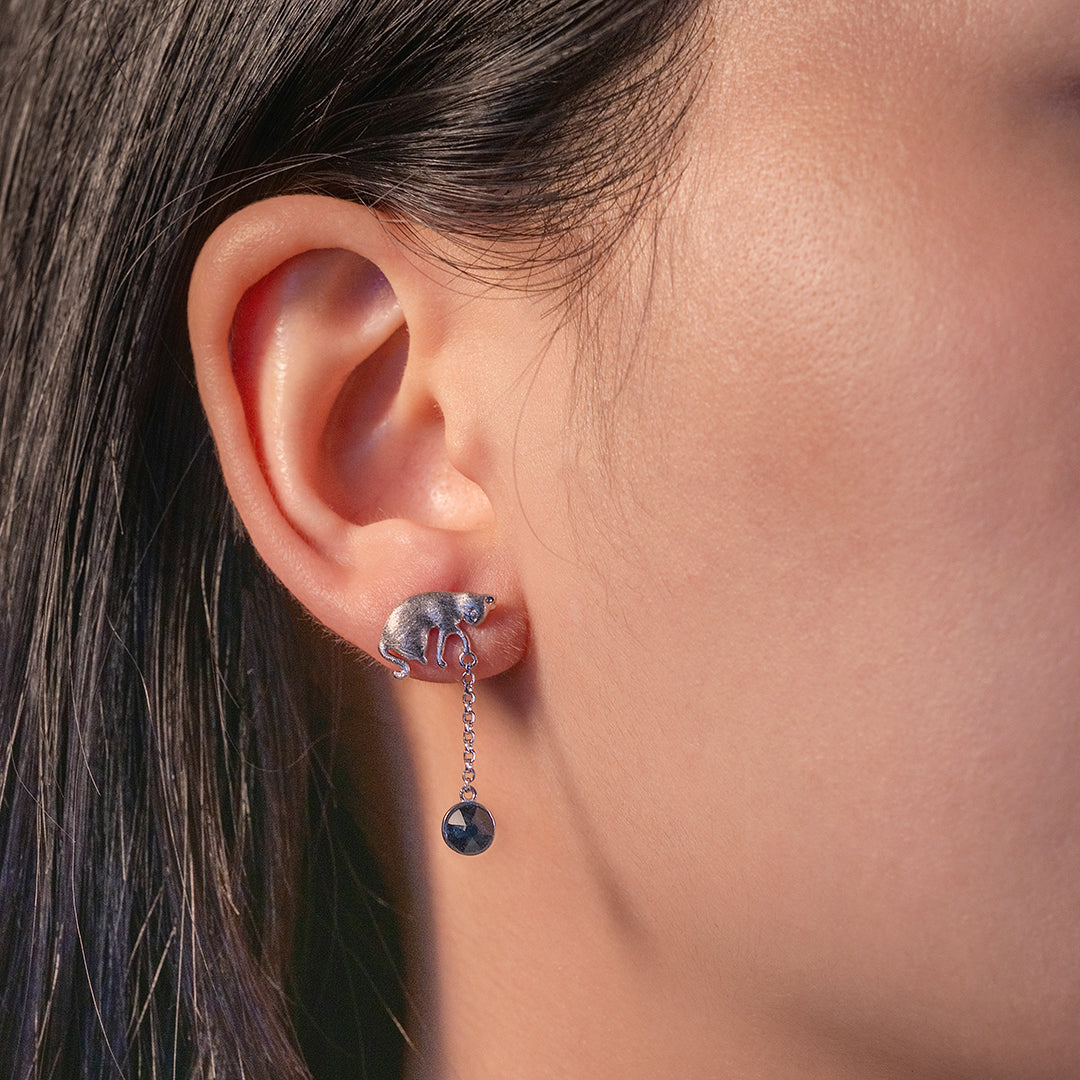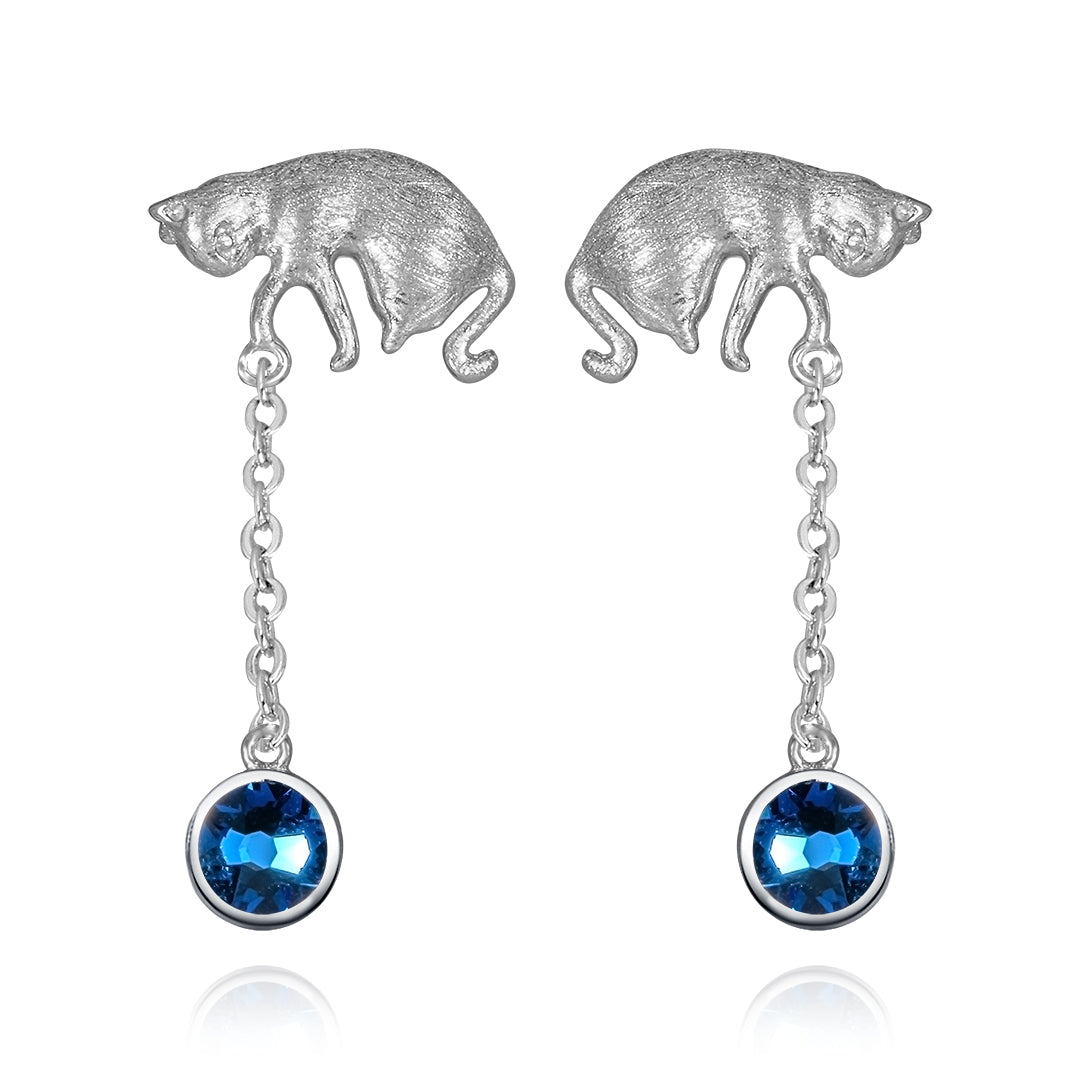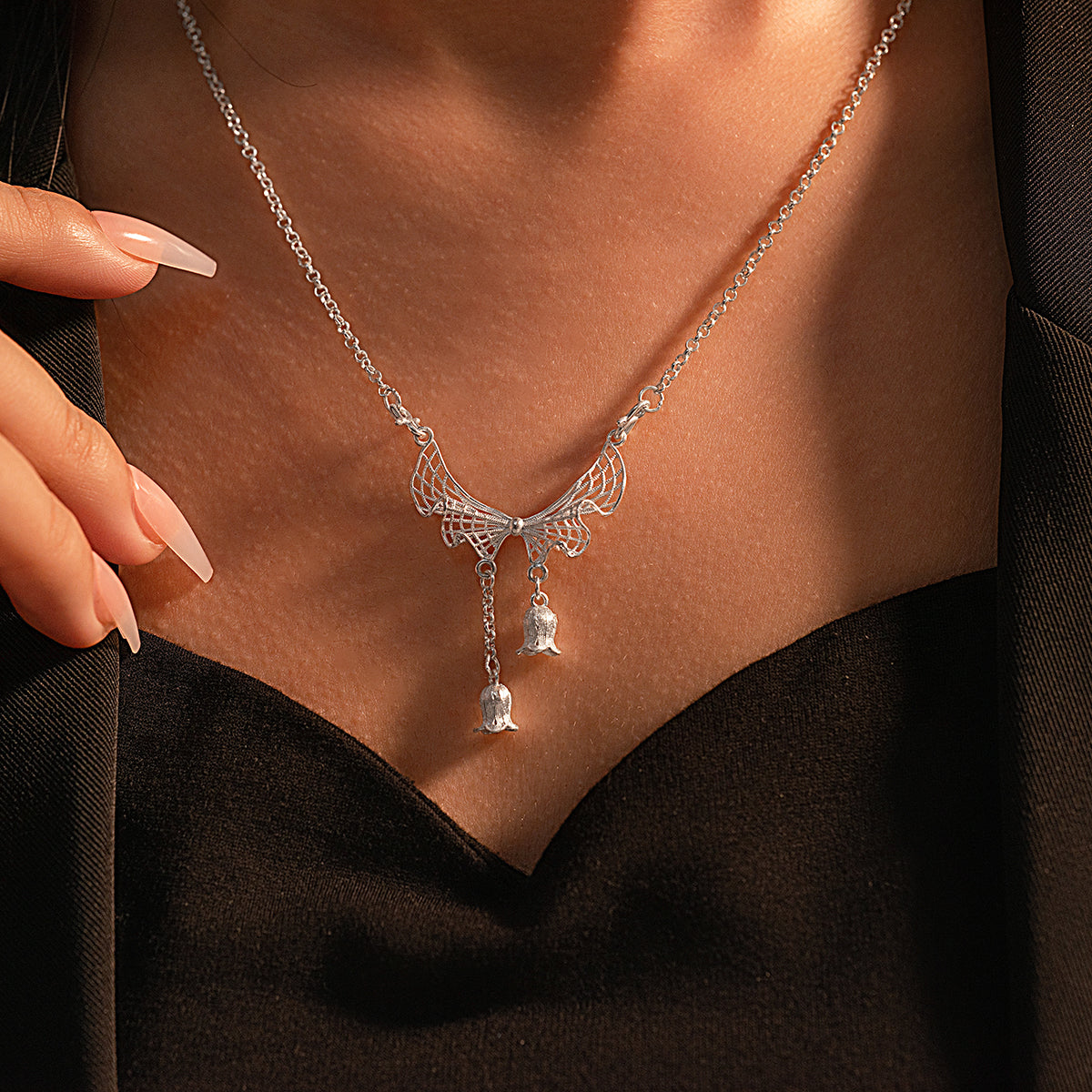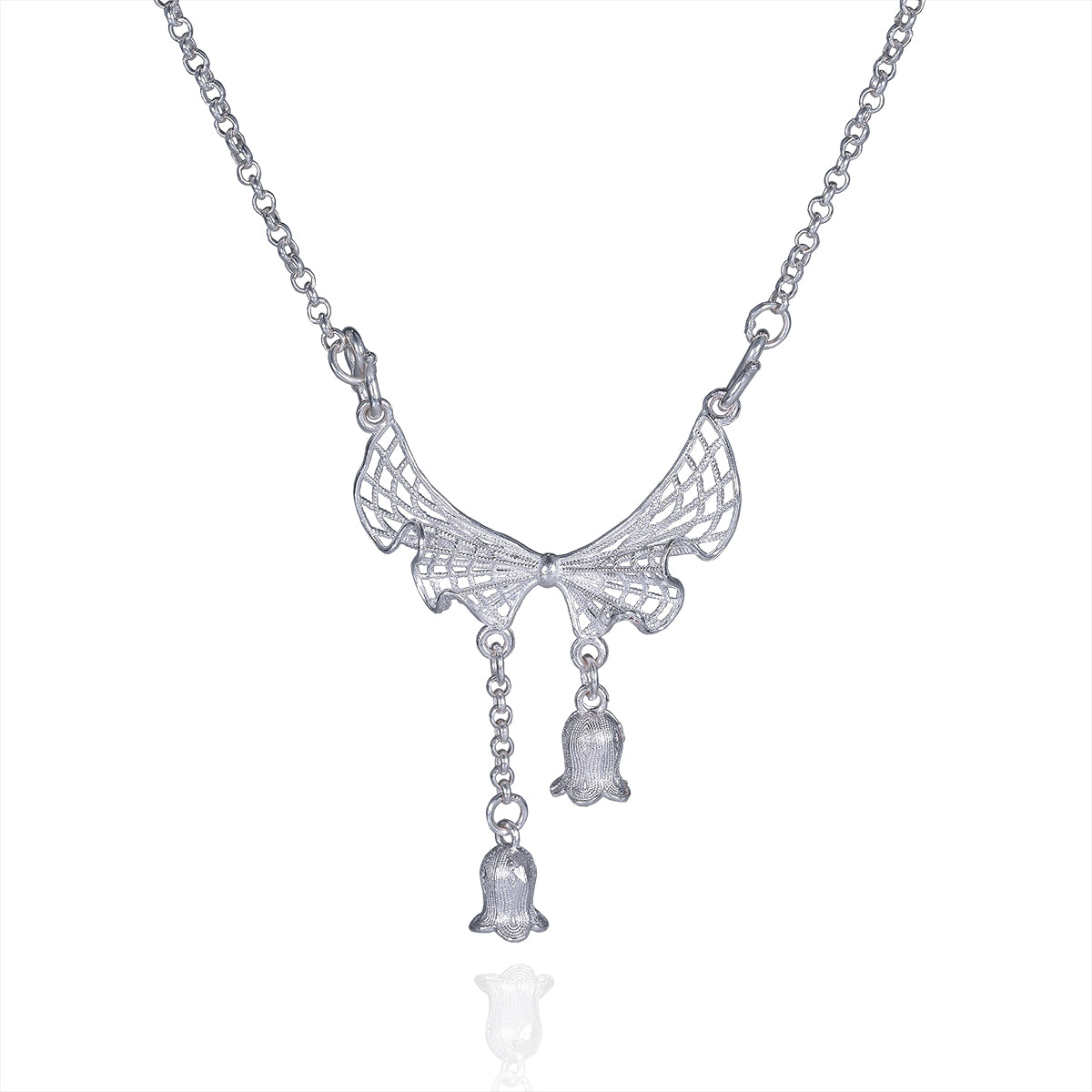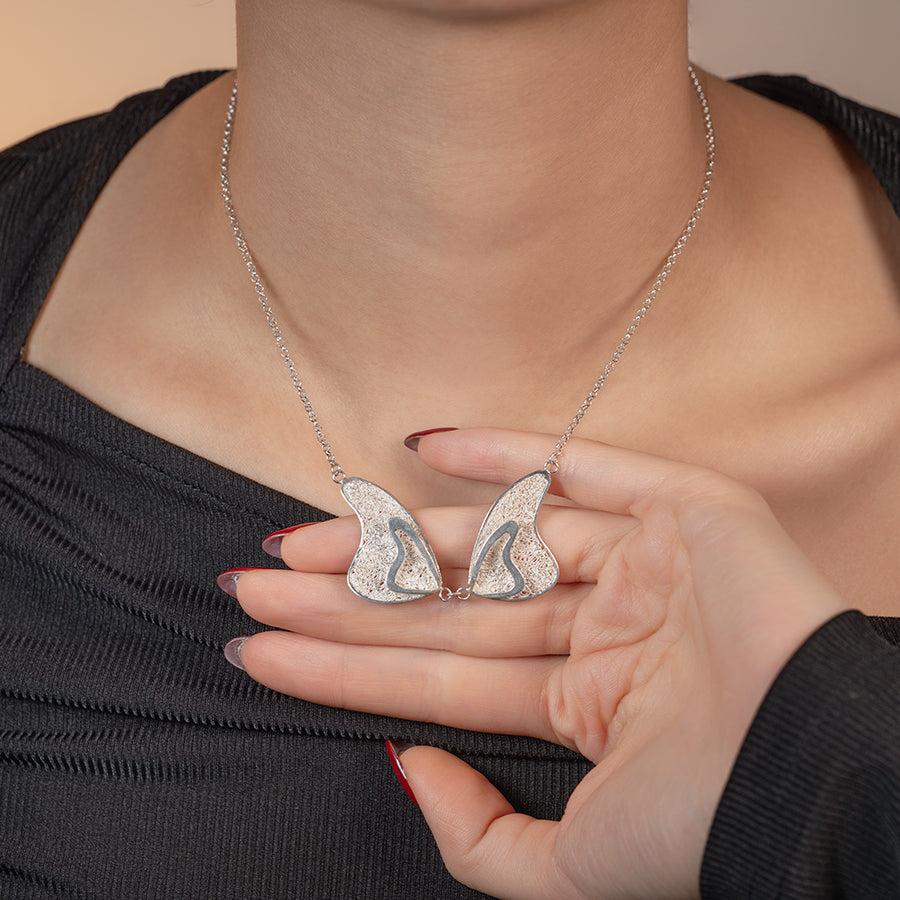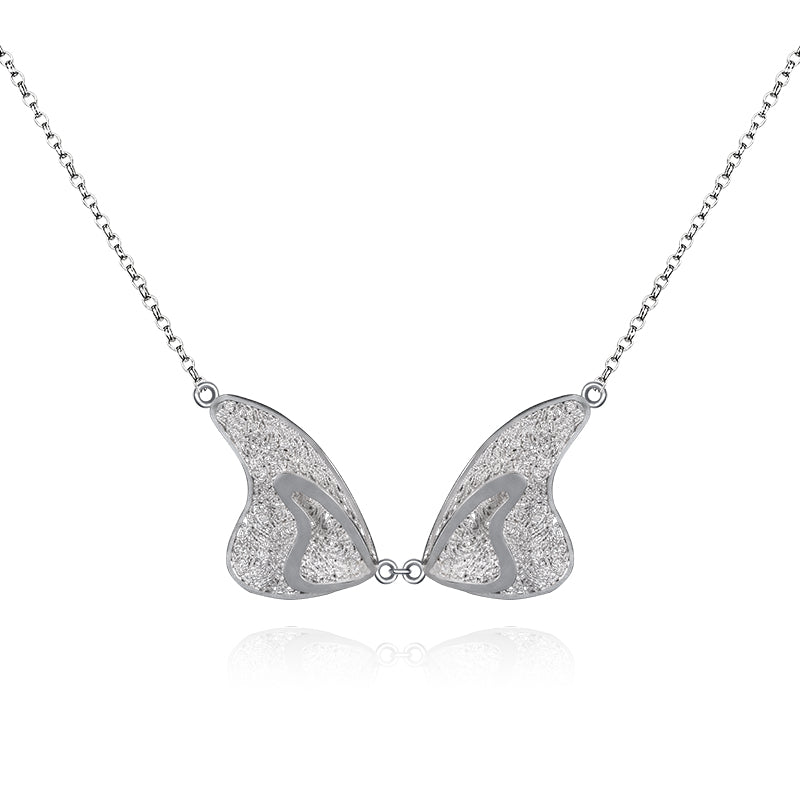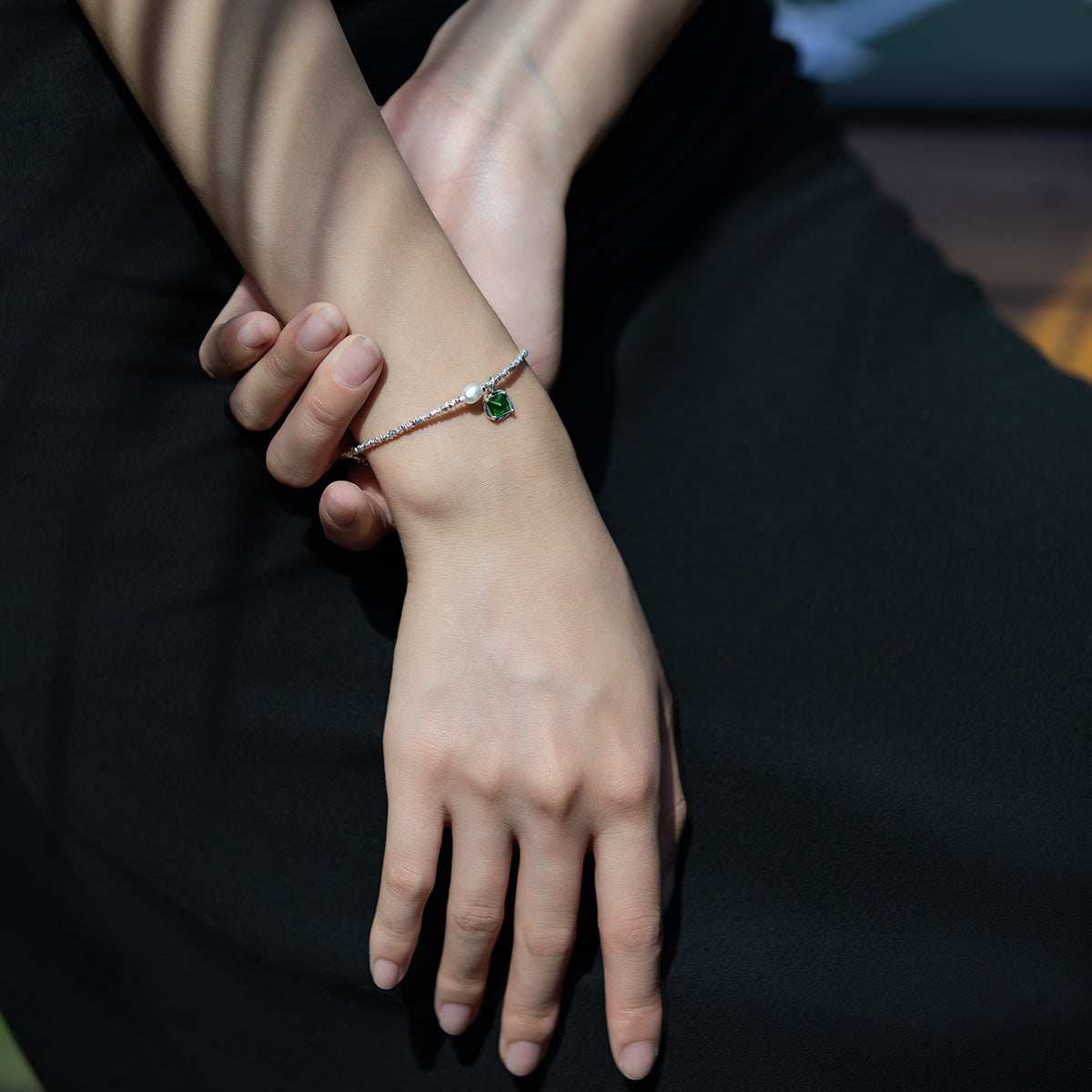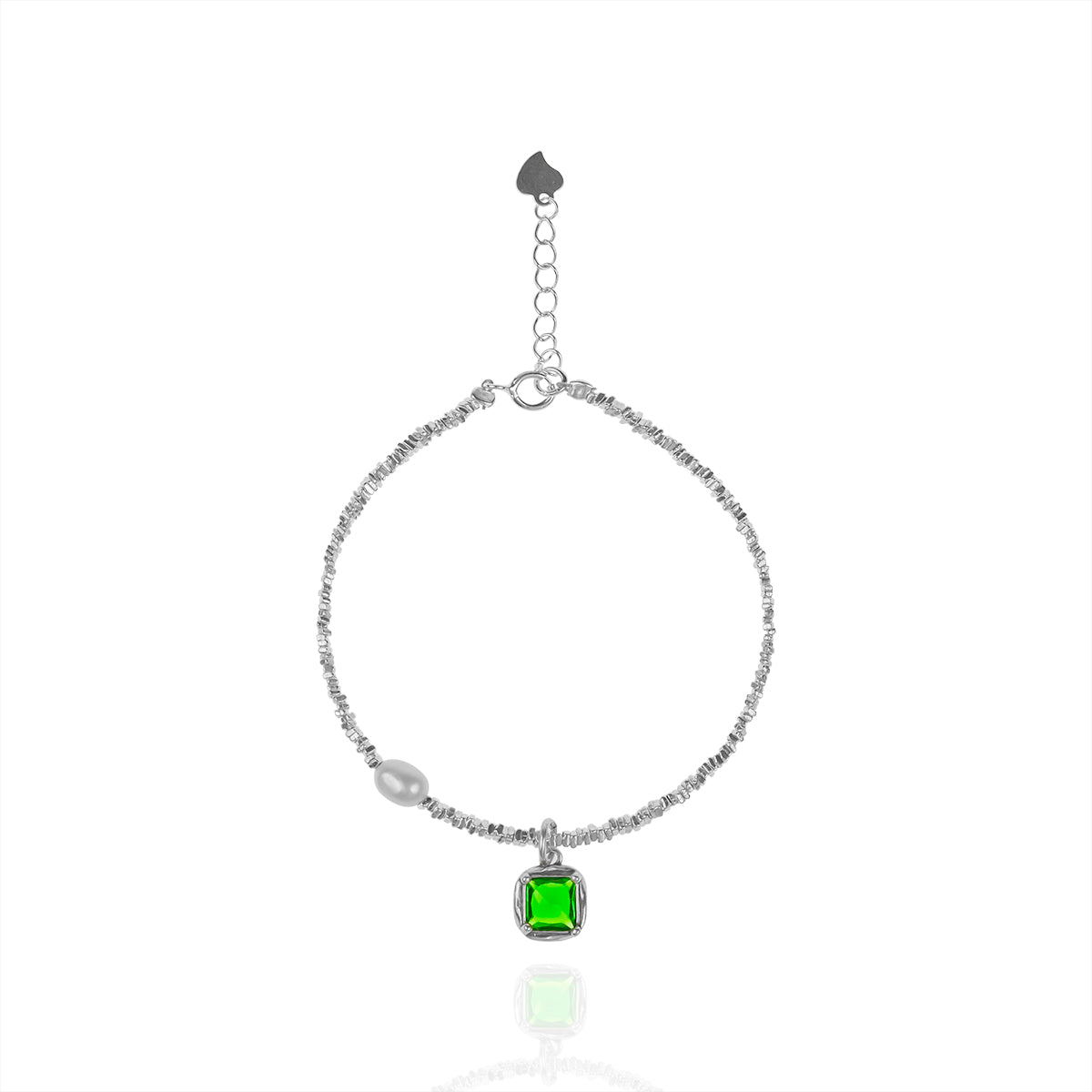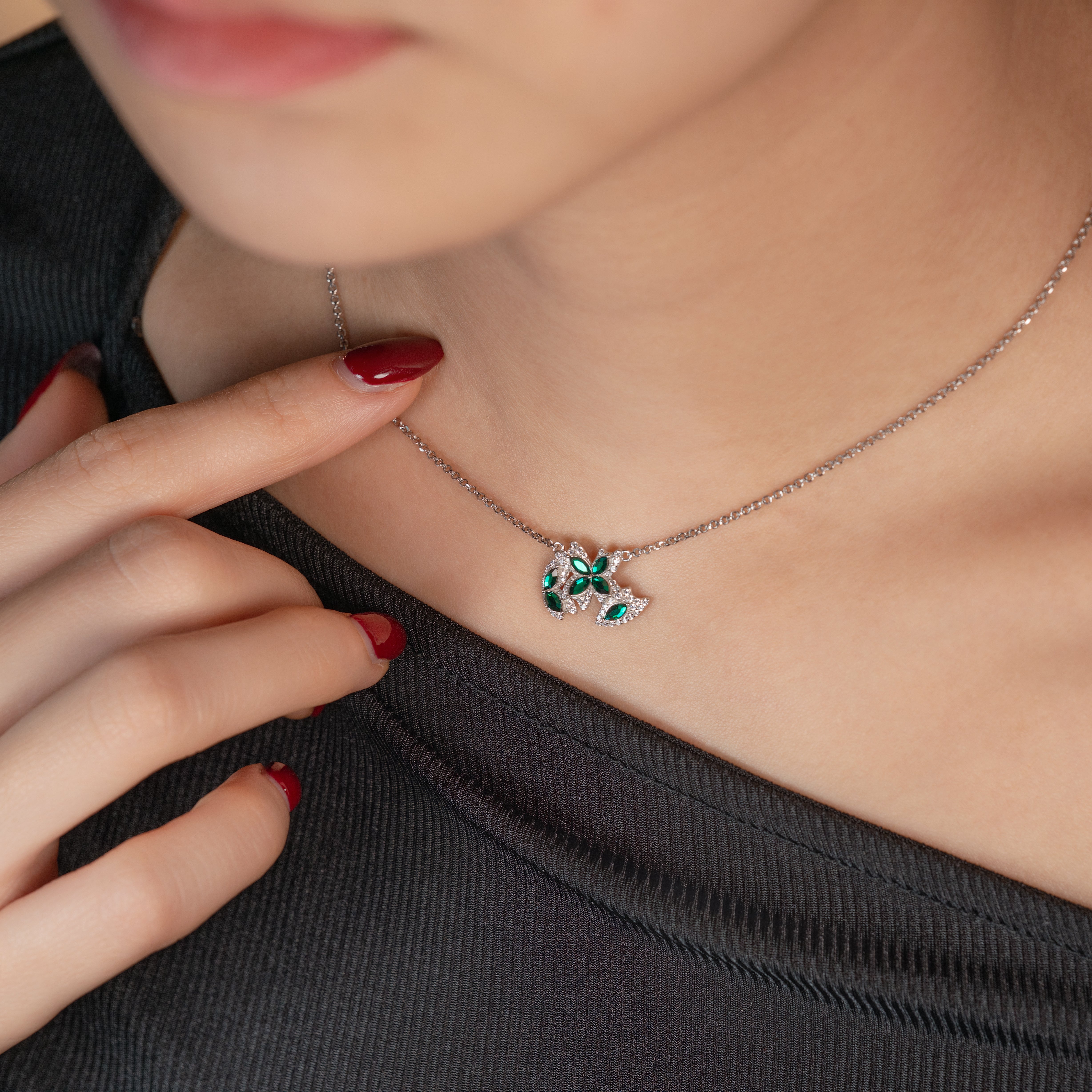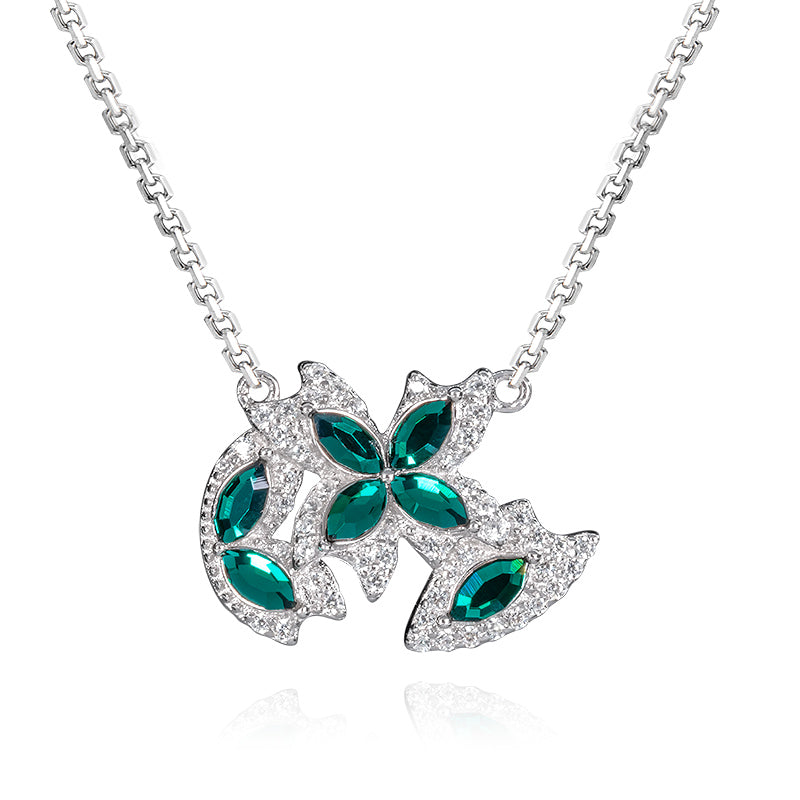Wire-Drawing:
Wire-Drawing is a craft that involves stretching silver wire or silver bars to make them thinner, longer, and create texture and luster. This technique enhances the strength and appearance of silver jewelry while providing a unique texture effect.
As the most challenging handcraft technique among Miao ethnic group, wire-drawing requires exceptional skills from master silversmiths. They not only possess exquisite craftsmanship but also incorporate innovative approaches to detail or partial depictions based on traditional aesthetic preferences. It is through their relentless pursuit of perfection in the craft that Miao silver jewelry attains its utmost beauty. The wire-drawing technique encompasses both coarse and delicate pieces. Coarse pieces mainly include necklaces and bracelets, while delicate pieces consist of silver bells, silver flowers, silver birds, silver butterflies, silver pins, silver bubbles, silver threads, silver chains, earrings, etc.
Steps of Wire-Drawing:
Step 1:Silver Smelting
Weigh the required amount of silver material using a scale. Smash the large silver pieces and place them in a crucible, which is then placed on the furnace for melting. When the forge becomes white-hot, the silver starts to melt, and the crucible is poured into a copper mold using long-handled tongs.

Step 2: Hammering
Compact the solidified hot silver by hammering it tightly. Then, hammer it into a large rectangular strip. Finally, hammer the silver strip into a cylindrical thin rod with a diameter of approximately 3 millimeters.

Step 3: Wire Drawing
Take the hammered silver rod and create a pointed tip using a file. Then, use a wire drawing plate to draw the wire. The wire drawing plate has 52 holes of different diameters. After being repeatedly pulled through the plate 52 times, the silver rod becomes as thin as a strand of human hair.

Step 4: Twisting the Wire
Take the drawn silver wire and twist it using a wooden rolling pin to create a unique wavy pattern.

Step 5: Filigree Work
Take the twisted silver wire and shape it into various patterns by pinching or bending. Then, insert the shaped wire into a previous made silver wire frame. This entire process requires great precision and skill. The silversmiths do not rely on molds; instead, they rely on their imagination and create the intricate designs seamlessly.

Step 6: Inlay and Reinforcement
Arrange the previous made filigree patterns in the desired locations for inlay. Sprinkle soldering powder evenly over the patterns, and then heat the entire piece with a soldering gun. This process requires precise temperature control. If the temperature is too high, the silver wires may melt if it's too low, the inlay may not be secure.

Step 7: Washing
Place the entire silver jewelry piece in a specific solution. Boil it at high temperature to remove any stains or impurities. Then, rinse the surface of the silver jewelry thoroughly with clean water to ensure it is clean.




